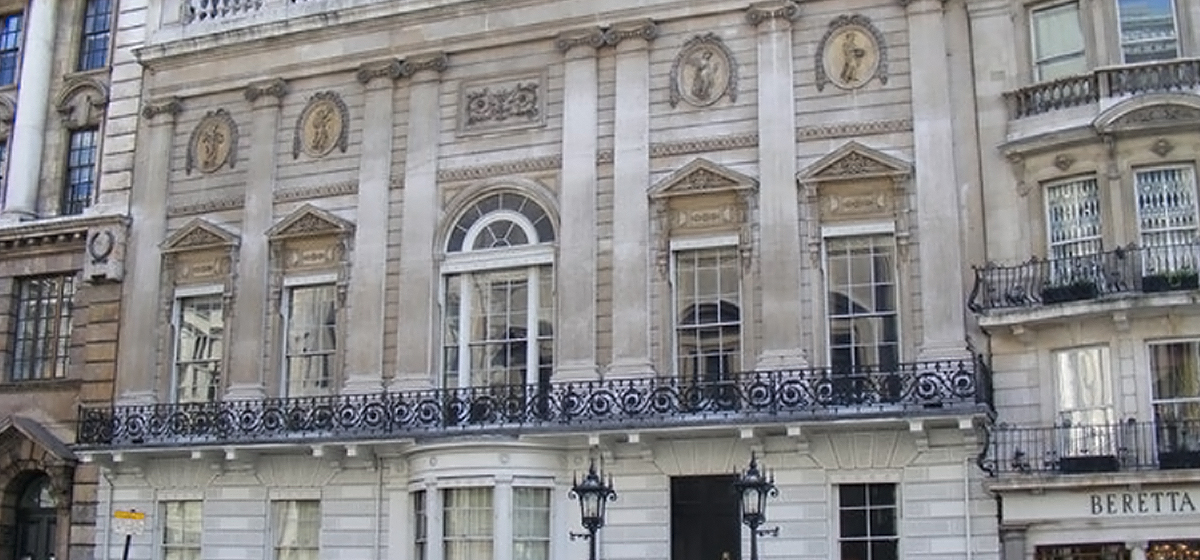Gilbert

In my entire life I’ve attended one cocktail party in Paris, and on that occasion—this being some years ago—I met a fellow named Gilbert de Botton. (Gilbert, by the way, is pronounced “zhil-BEAR.”)
Our first meeting didn’t start out well. The fellow who introduced me to Gilbert did so by saying, “Greg, please meet M. Gilbert de Botton, who invented the open architecture model in the financial services industry.”
Since I considered myself to be the inventor of open architecture, I naturally assumed I was being introduced to a poseur. Cocking an eyebrow at Gilbert, a small, owlish fellow, I asked him what he meant by “open architecture” and when he thought he had “invented” that model.
To my astonishment, Gilbert proceeded to describe his then-still-new company, Global Asset Management (GAM), which operated in what he assured me was an “open architecture” manner.
Before launching GAM, Gilbert had run the Rothschild bank in Zurich (now called Rothschild and Co.), a co-venture of the English and French branches of the Rothschild family. In that role Gilbert had come to know, often personally, many of the world’s best asset managers. At GAM, rather than sell his own in-house investment products, Gilbert convinced many of these money managers to manage funds for GAM on a contract basis.
GAM, Gilbert told me, had been established in 1983 and had been operating in an open architecture manner ever since. This was seriously bad news for me, since I claimed to have invented the open architecture model in 1986, when I established Greycourt. (I was also still working for a wealthy family at that time.)
Back in the United States, with my nose still badly out of joint, I was sitting at my desk when my phone rang. It was Gilbert.
“Planning to rub my nose in this open architecture business?” I asked him.
“Think of it this way,” he said, “You can be the inventor of open architecture in the wealth advisory business and I can be the inventor of open architecture in asset management. Lots of things have been invented by more than one person working completely independently. Whiskey, for example.”
“Whiskey?”
Gilbert proceeded to tell me a long, convoluted story about how both the Scots and the Japanese had, working separately, invented what we in America think of as “scotch” whiskey. Each had done it in total ignorance of the fact that the other was also doing it.
I found out later that Gilbert had made this story up. The truth of the matter is that a fellow named Masataka Taketsuru graduated from the University of Glasgow, then apprenticed at several whiskey distilleries in Scotland and eventually took that knowledge back to Japan. This happened in the 1920s, while whiskey in Scotland had been produced as early as the fifteenth century.
But I digress. Gilbert was calling because he was launching a new fund to be managed by a very famous money manager who was, except for GAM’s fund, hard closed to new investors. Gilbert was wondering if the family I represented might want to help “seed” this fund, in return for better terms.
I was definitely interested in that idea, at least until Gilbert informed me how much “seed” I’d have to put out ($50 million U.S.). I declined, but told Gilbert I would love to be an ordinary investor in the fund, once it was up and going.
That launched a long and very profitable relationship between the two coinventors of open architecture, and whenever I found myself in London or Zurich I would stop by GAM’s offices and chat with Gilbert.
Gilbert was a fascinating fellow who had lived a fascinating life. He was born, of all places, in Alexandria, Egypt—his family were prominent Sephardic Jews who boasted at least one famous seventeenth century rabbinical scholar among their ancestors. He went to college in Alexandria, got a second degree at a university in Israel, and then somehow ended up earning a master’s at Columbia University in the United States.
During one of these conversations in Gilbert’s London office—in Mayfair near St. James’s Square—Gilbert’s secretary stuck her head in the room and reminded Gilbert that he had a lunch date and was going to be late for it. I said a hasty goodbye and was just going out the door when Gilbert called after me. “Wait!” he said. “Do you have lunch plans? I think you might enjoy meeting these fellows.”
He was right—Gilbert was having lunch with George Soros and Stanley Druckenmiller, the latter being the lead portfolio manager for Soros’ Quantum Fund. The luncheon was held at one of those “gentlemen’s clubs” London is so famous for. I forget which one it was—Boodle’s? White’s?—but the place was lovely, elegant, and very, very quiet. It was the sort of place you’d get thrown out of for sneezing.
The dining room was crowded, but also very quiet. People spoke in subdued voices and what you mainly heard was the clink of silverware and the tinkle of crystal. And speaking of silverware and crystal, there was a bunch of that stuff surrounding my plate I’d never seen before.
Gilbert had a wickedly funny sense of humor, and at one point during the luncheon he glanced at me, winked mischievously, then said to Druckenmiller, “Stan, what’s your best idea these days?”
Druckenmiller launched into a long, very complicated discussion of bunds (basically, bonds issued by what was then West Germany). About five minutes into this spiel, Soros suddenly slammed his fist down on the table and shouted, “Goddammit, Stan, if you don’t know what you’re talking about keep your [censored] mouth shut!”
There was dead silence in the dining room as Soros and Druckenmiller glared at each other across the table. I was sure the two men were going to come to blows, but after a moment it all blew over, and Gilbert went on chatting merrily about this and that, as though he’d had no part in starting the fight.
And this was only the beginning of my long association with Gilbert de Botton.





